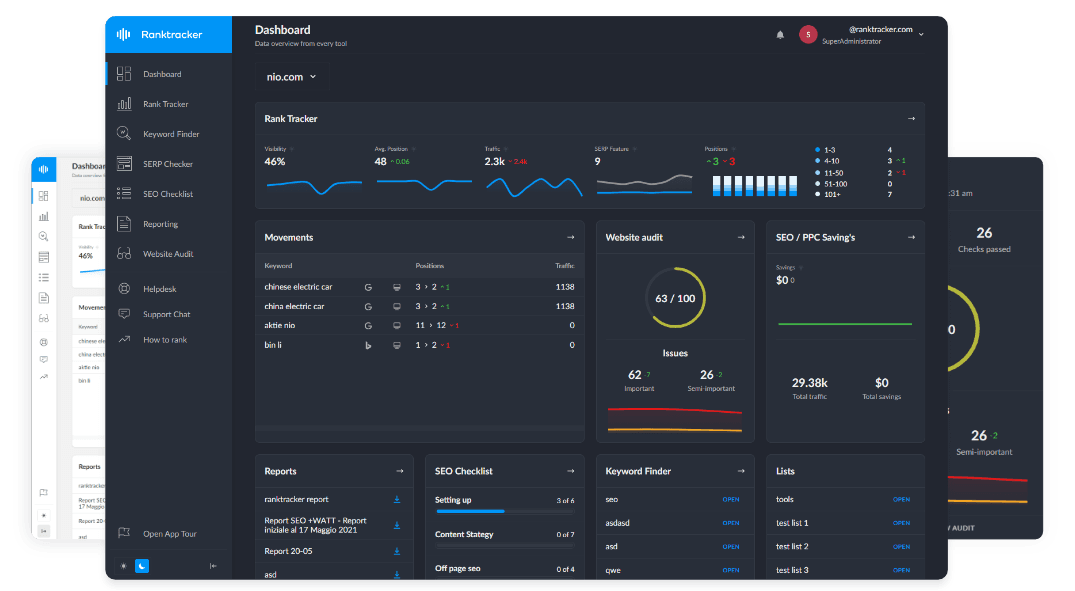Intro
A well-structured website and clear content improve user experience and search engine comprehension. Ambiguous language, poor navigation, and inconsistent formatting can confuse both readers and search algorithms, negatively impacting rankings.
Benefits of Clear & Structured Content
- Improves User Experience: Ensures visitors understand content easily.
- Enhances SEO Performance: Search engines prioritize structured, readable text.
- Reduces Bounce Rates: Clear messaging keeps users engaged longer.
- Boosts Indexing & Crawling Efficiency: Helps search engines process content accurately.
How to Prevent Confusion for Users & Search Bots
✅ 1. Use Clear Headings & Subheadings
- Structure content logically with descriptive headers.
- Example:
- ❌ Unclear: "SEO Tips You Need"
- ✅ Optimized: "10 Proven SEO Strategies to Improve Rankings"
✅ 2. Write Concise & Direct Sentences
- Keep sentences short, clear, and to the point.
- Example:
- ❌ Wordy: "SEO is something that many businesses should focus on if they want to improve their online presence."
- ✅ Optimized: "SEO helps businesses improve online visibility."
✅ 3. Avoid Ambiguous Language & Jargon
- Use precise terms that align with user search intent.
- Example:
- ❌ Confusing: "Optimize your website for better reach."
- ✅ Clear: "Use keyword research and meta optimization to improve rankings."
✅ 4. Ensure Logical Internal Linking
- Link relevant pages naturally within content.
- Example:
- Instead of: "Click here for more."
- Use: "Learn more about SEO strategies [here]."
✅ 5. Use Structured Data & Schema Markup
- Help search engines better understand content meaning.
- Example JSON-LD for an article:
{
"@context": "https://schema.org",
"@type": "Article",
"headline": "How to Optimize SEO Content",
"author": "John Doe",
"datePublished": "2024-03-18"
}
Common Mistakes to Avoid
❌ Poorly Structured Content
- Use logical headings, bullet points, and clear sections.
❌ Overloading with Keywords or Unnecessary Information
- Stick to natural language and relevant details.
❌ Unclear Navigation & Site Structure
- Ensure menus and links are intuitive and user-friendly.
Best Tools for Content Clarity & SEO Optimization
- Google NLP API – Analyzes content clarity for search intent.
- Ranktracker SEO Audit – Identifies structural and readability issues.
- Hemingway Editor – Ensures concise, readable writing.
Conclusion: Strengthening SEO with Clear, User-Friendly Content
By eliminating confusion for users and bots, content becomes more engaging, search-friendly, and effective. A well-structured, logically formatted website improves SEO performance and user satisfaction.
Start optimizing content clarity with Ranktracker today!

